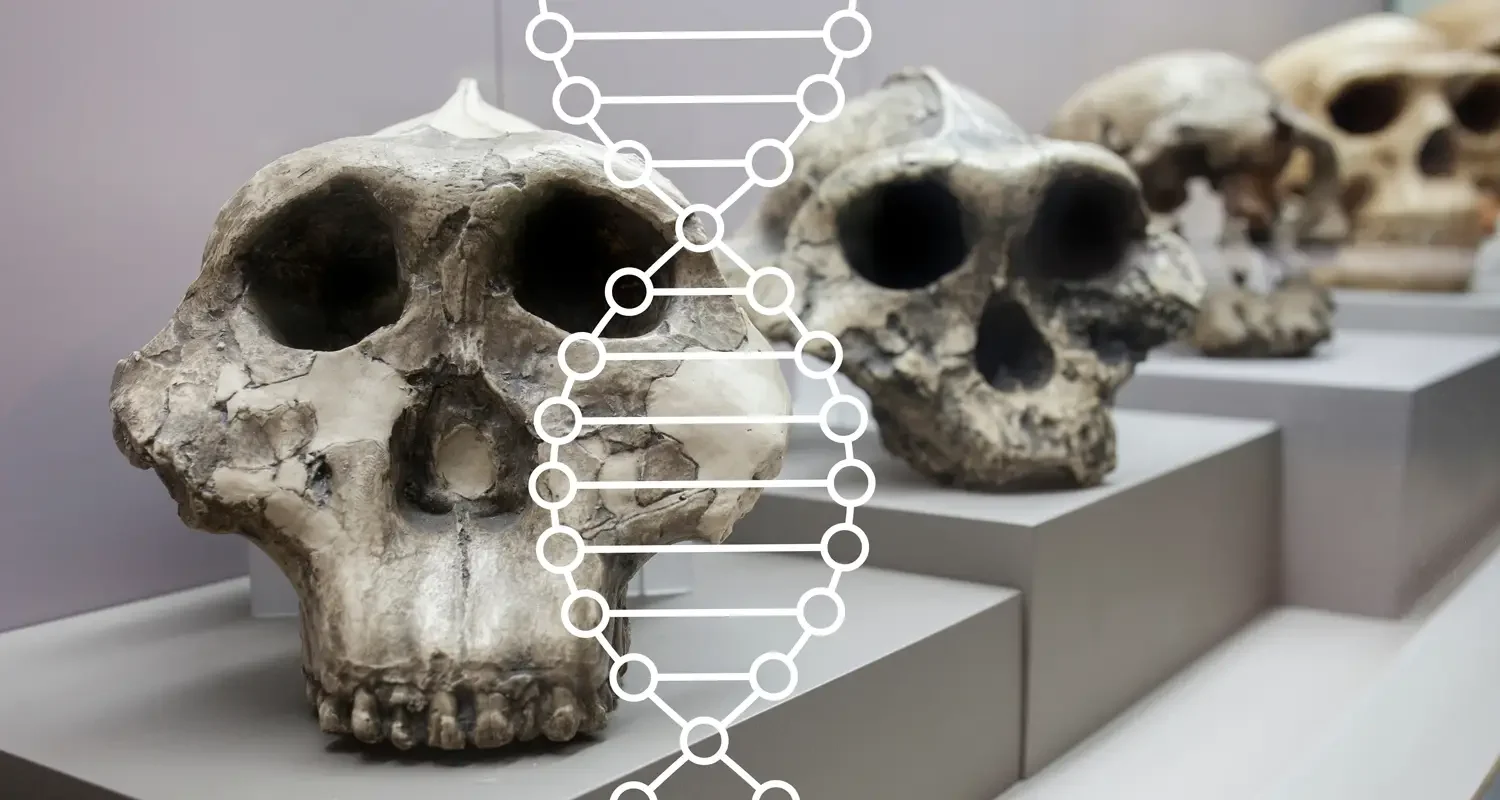Following World War II, archaeology firmly embraced science. Dendrochronology and carbon dating were the first among a wave of technologies and methods that transformed the discipline, followed by computer science (quantitative and computational methods), thermoluminescence, environmental sciences (geomorphology, micromorphology, palaeoclimate, palaeo-seismology), GPS, satellite imagery and remote sensing, laser scanning, geographical information systems (GIS), photogrammetry, LiDAR, and, most recently, ancient DNA.
Archaeologists have never had so many tools at their disposal for studying the human past. But that is by no means the end of the story. We can anticipate several trends that will continue to enhance the practice of archaeology and increase our ability to reconstruct the past.
- Excavation techniques and micromorphology
An archaeological excavation can be likened to an historical “crime scene”: through close examination, archaeologists gather hints and fragmentary evidence that allow them to reconstruct past events. Although popular imagination primarily associates archaeology with fieldwork, current and future excavations will be increasingly supported by laboratory studies. New developments in the microscopic analysis of soils and sediments will help archaeologists understand the formation and nature of archaeological sites, detecting the signature of past events and practices in settlements, houses, courtyards, public and religious complexes. This, in turn, will contribute to our understanding of past societal organisations and long-term social changes — ranging from the adoption of agriculture, the development of complex societies, the use of writing and technology, the emergence of market economies and capitalism, to the impact of human on the environment — with an extraordinary and unmatched level of detail.
- Human-environmental interactions
Combined with excavation, archaeological field surveys conducted in large geographical areas study long-term human occupation, allowing us to learn when and how humans settled, farmed the land and exploited natural resources in a given region of the globe. Therefore, survey techniques and environmental studies (geomorphology, pedology and palaeoclimatology, for example) that reconstruct past ecosystems and agricultural strategies can study landscapes shaped by past human actions, the long-term effects of humans on their environment and the history of climate change and its impact on human societies. In the future, such studies will be dramatically enhanced by lidar and satellite- based remote sensing, combined with geographical information systems (GIS) and machine learning, allowing us to detect further sites in extremely remote places and fragile environments, as well as to model past behaviours, settlement patterns and communication networks. Such advances will help modern societies monitor and protect world heritage sites, secular practices and ancestral memories, which are increasingly at risk due to overpopulation, densification, migration, and climate change. Recording past experiences stretching over 10,000 years will preserve “world memory” and inform us about the potential extent of human resilience and help us define future strategies for stabilising and occupying fragile ecosystems.
- Palaeogenetics
Our ability to isolate and decipher ancient DNA continues to progress rapidly, making it possible to analyse highly degraded samples. The cost of such analysis also continues to decrease, meaning that it can be used more widely and routinely. These developments will revolutionise archaeological research by offering ground-breaking insights into the biology and biography of both individuals and groups. The enlargement of genetic libraries will allow us to explore the story of human colonisation and migrations around the globe, including the genetic composition of past and present ethnic groups, polities and states in the long term. They will also help us study the history and impact of past pandemics, as well as their long-term social consequences. In 15-25 years, we can expect to develop techniques that precisely date and determine the genetic group of burials, thus placing past individual trajectories within the global trends of world history. At the same time, an increased fact-driven understanding of past migrations and of the genetic identity of ethnic groups will modify the bases of current and future geopolitical and nationalist debates.
Overall, archaeology as a discipline will continue to be transformed through the refined application and integration of existing scientific techniques, and by the introduction of entirely new capabilities. Archaeology will become more fact-driven, science-oriented, and collaborative, benefitting from previously inconceivable precision in dating, analysis, and modelling.
Our ability to rationally reconstruct the past will thus improve greatly — as will our ability to apply what we learn to the future. As international organisations increasingly recognise the notion of world heritage, and gain a more acute understanding of the natural and genetic history of humanity; migration and settlement patterns; past management of natural resources; human-environment interactions; historical climate change, and long-term human resilience, archaeologists will provide an historical and factual background to key current and future issues.
As Winston Churchill famously said, “The farther back you look, the further ahead you can see.” We can already see much farther back — and ahead — much more clearly than we once could. Soon we will be able to see farther and more clearly still.




